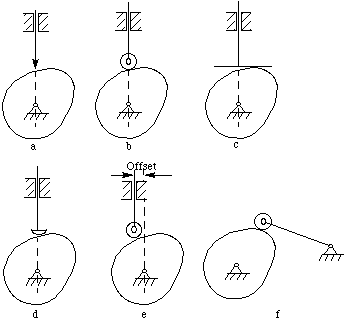trinidefender wrote:One thing to add in is that the valve spring itself has mass which needs to be moved. Remember as the valve moves in and out its mass includes a portion of the spring moving. Now the complicated bit comes in that each part of the spring moves at a different rate so therefore it adds some complication to the overall momentum calculations for the spring and valve.
Yes, I've sort of quantified the valve spring weight about by placing a rough guess as to what an aftermarket spring will weigh, which is usually at least 10% lighter than a stock spring which is how I deduced the above figure.
To further complicate matters, I could take into account hysterisis. Rather than do all that, I just want a relatively simple kineto static analysis that doesn't consider the transient states and hysteresis but rather just a quick number and I think that will be close (F=ma).
A huge problem I'm having is I cannot get the exact cam lift curve for the valve so to take the second derivative. The lift curve is essentially position. The second derivative I want will give acceleration. This camshaft manufacturer does brilliant work, the best I've ever seen for Ferrari cams, but their communication is less than great.



